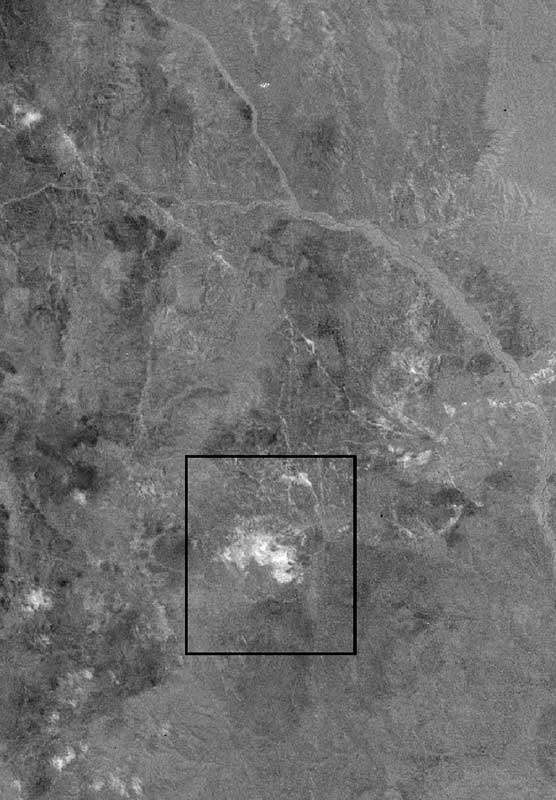Sat-Sun: Non-working days
Project's objective
Determination of various types of hydrothermally altered rocks in the region of San Juan Province, Argentina using ASTER satellite images.
Work description
During the collection of remote sensing data, an analysis of satellite images was conducted. The ASTER product was used as starting material. The choice is due to several parameters:
-
Shooting with a spatial resolution of 15 - 90 m
-
6 channels in SWIR range
-
5 channels in the TIR range
Mineralogical indices and spectral analysis show reliable results in processing.
At the preliminary stage, radiometric calibration and atmospheric correction of images were performed to create a single set of data from the VNIR and SWIR ranges.
At the first stage, optimal zones for analysis were identified. RGB channel synthesis and spectral indices made it possible to reduce the search area and strengthen the geological features of argilization - philing.
At the second stage, zones of acidic, mafic and sedimentary rocks were identified using mineralogical indices. The combination of VNIR data revealed acidic igneous rocks.
At the third stage, the method of principal components of the PCA (Principal Component Analysis) was used to improve the reflectivity and strengthen the differences in the geological features of the territory. After evaluating the statistics of the PCA analysis, the 3rd main component revealed small areas with hydrothermal changes.

Image of the 3rd main component. Bright pixels correspond to hydrothermal changes.
Results
1. Preliminary maps of the allocation of lithological differences and hydrothermal changes in the area.
2. Identified areas of distribution of hydrothermal rocks.
3. Spectral analysis, together with mineralogical and spectral indices, made it possible to isolate the zones of distribution of hydrothermally altered rocks that are promising for the detection of ore objects.
Need for consultation?
Fill the form and we will contact you
